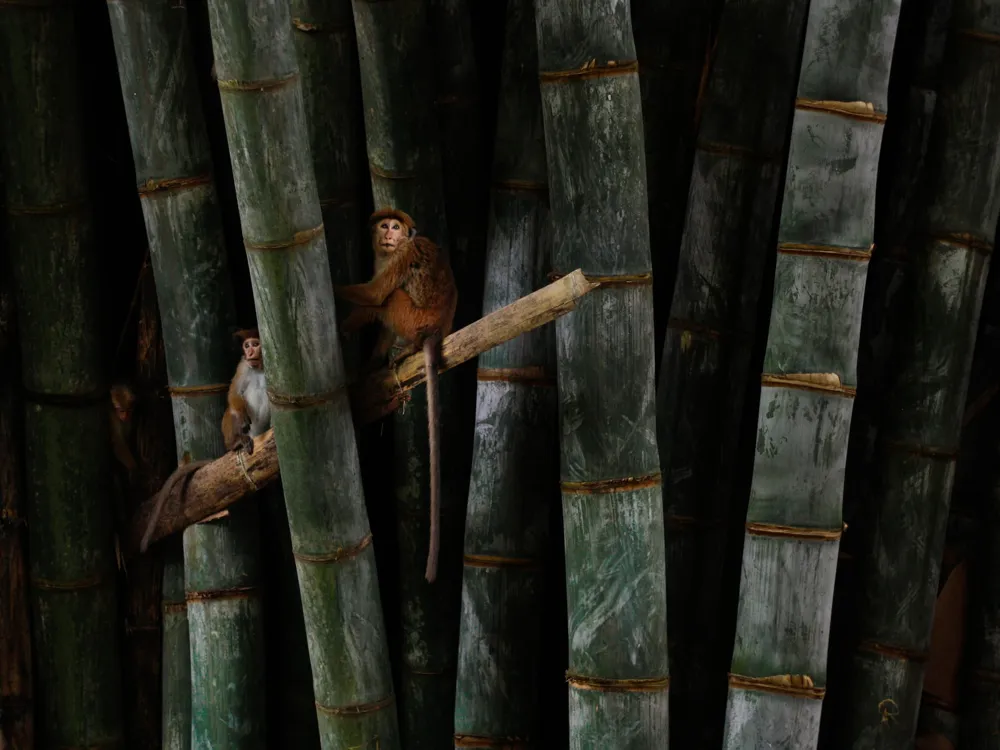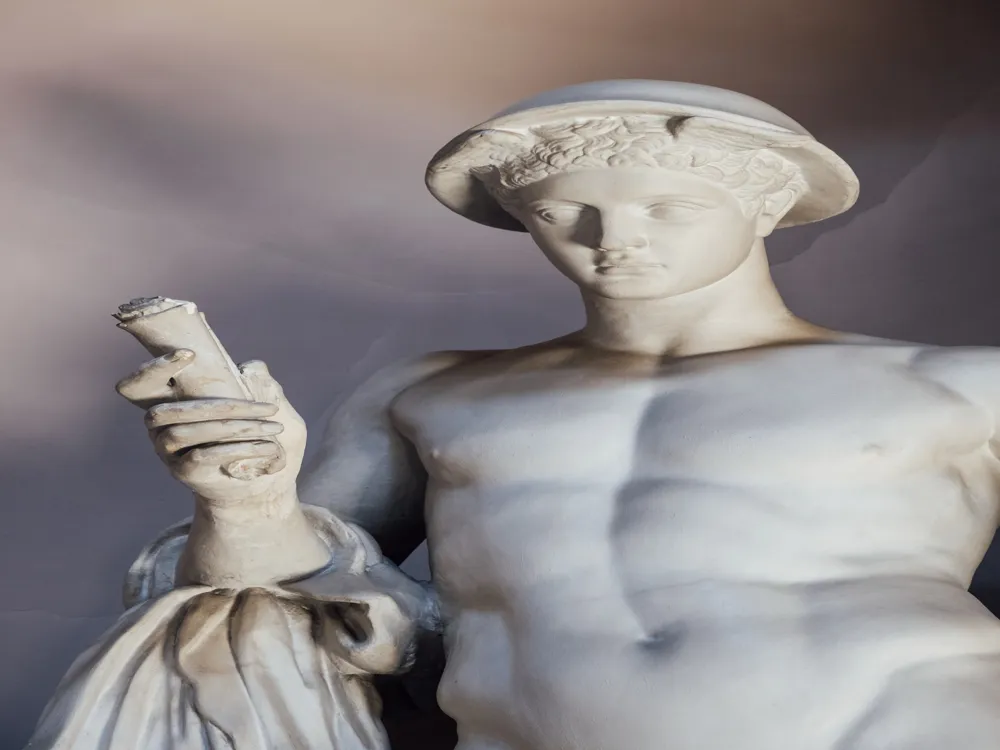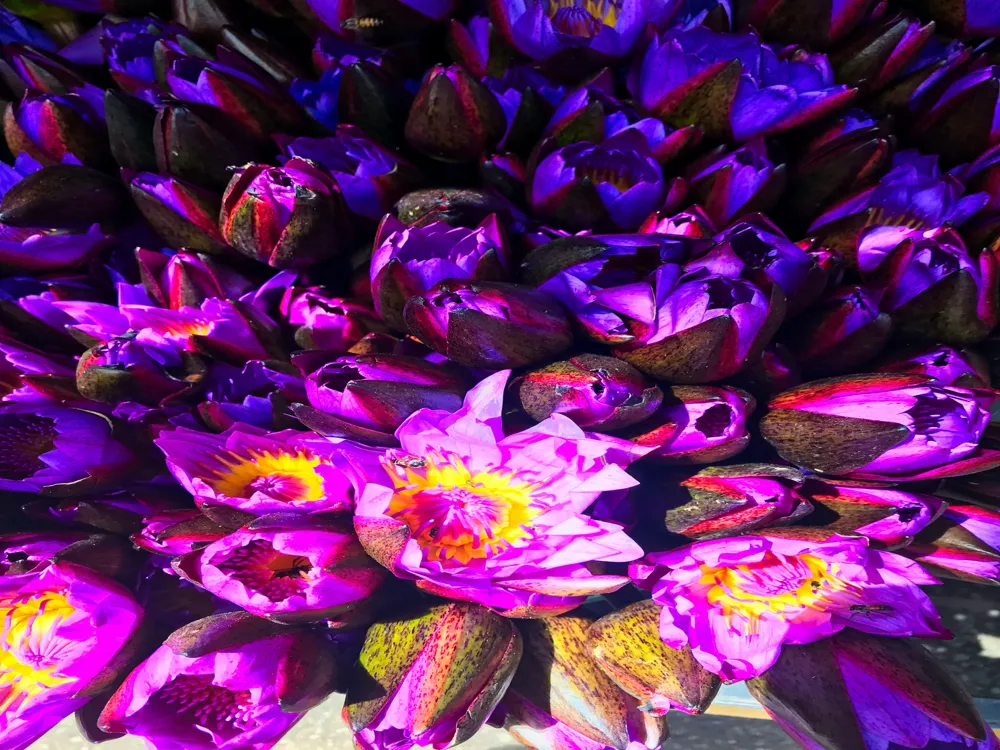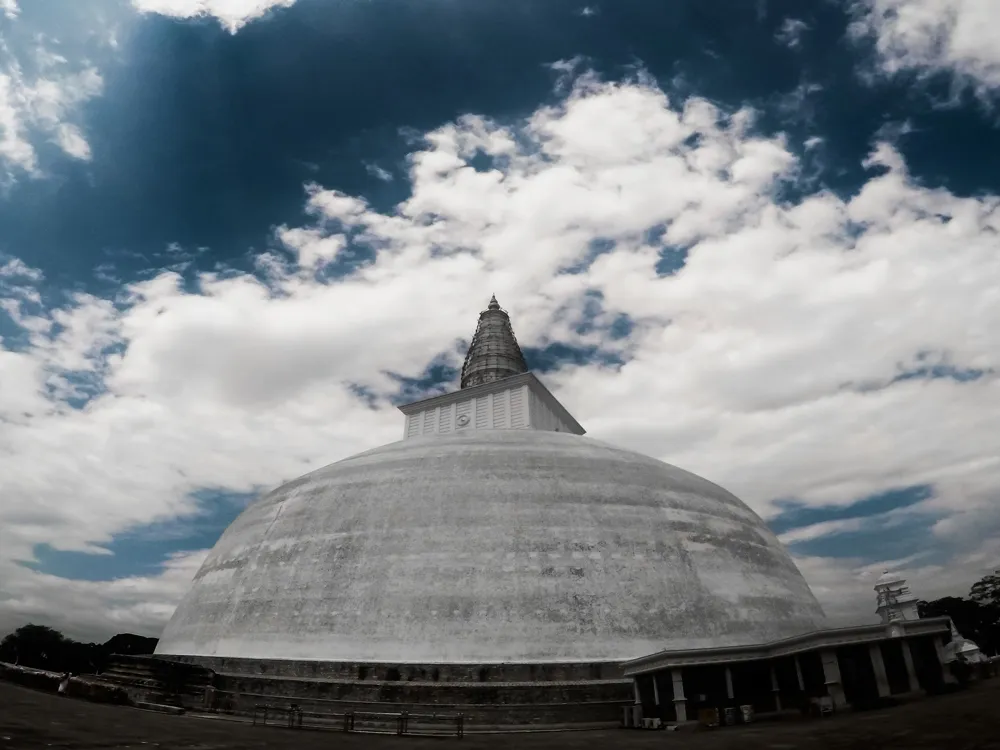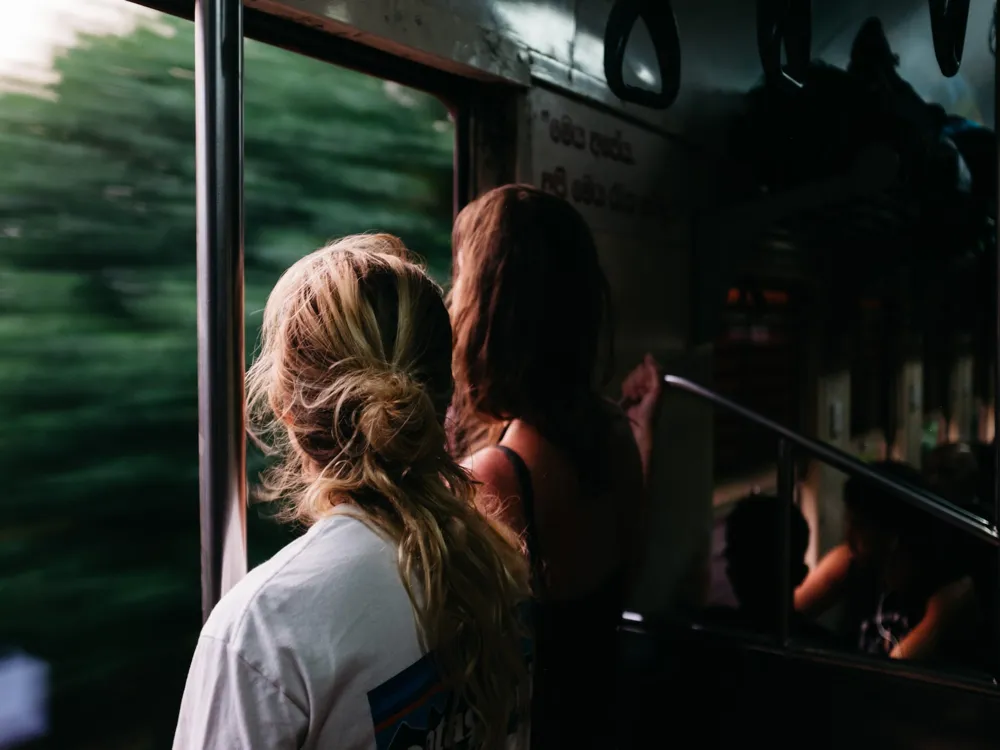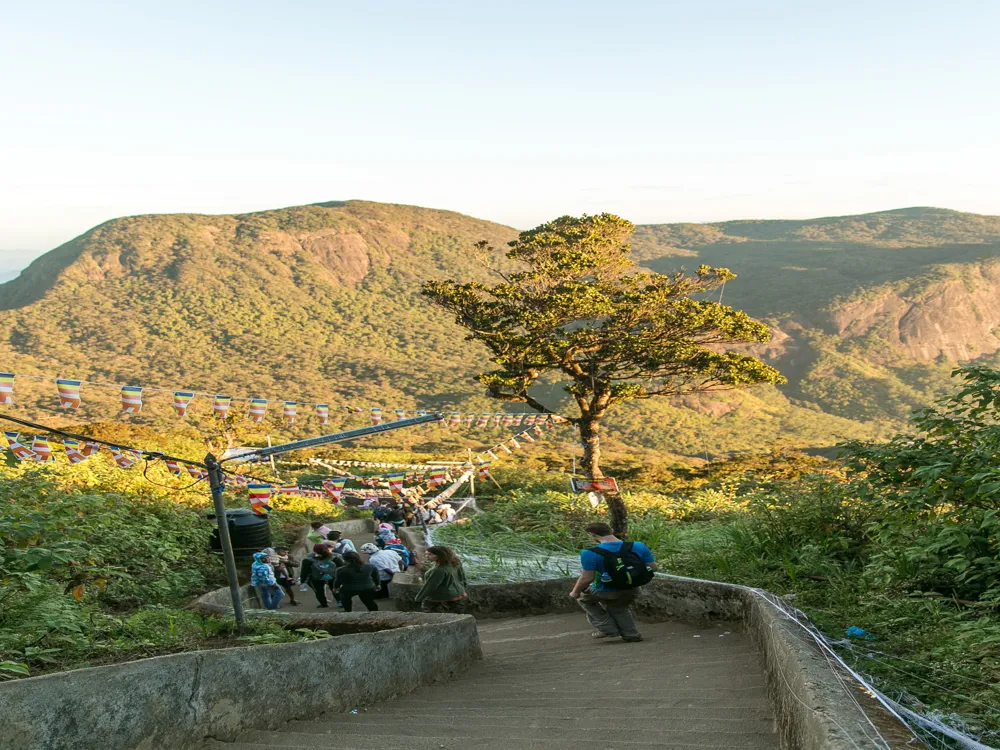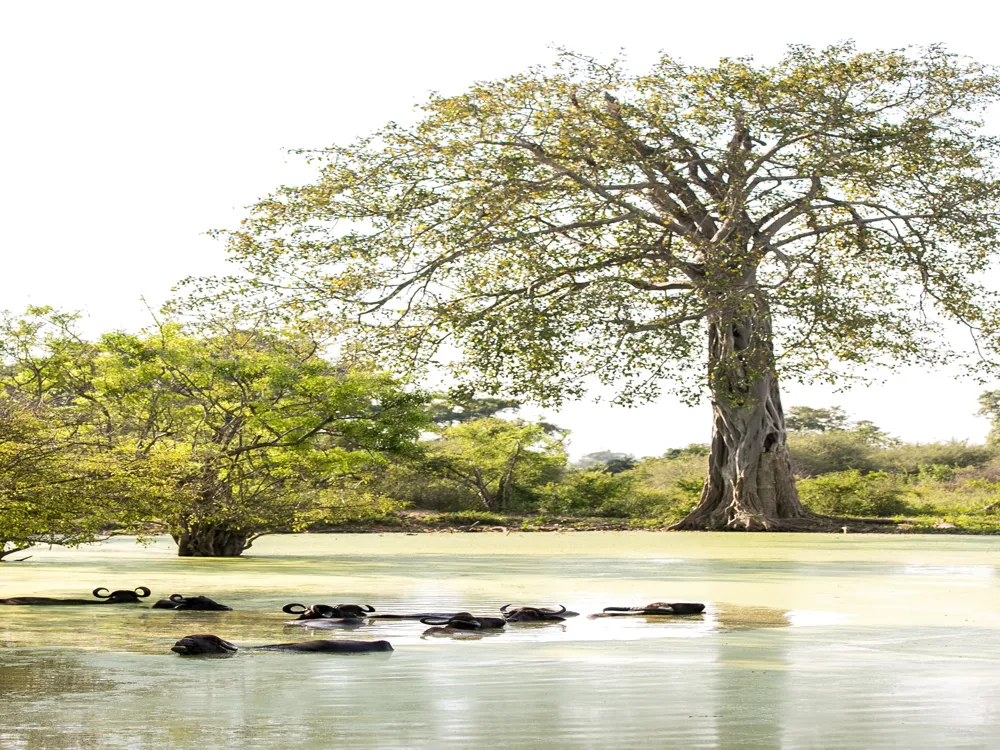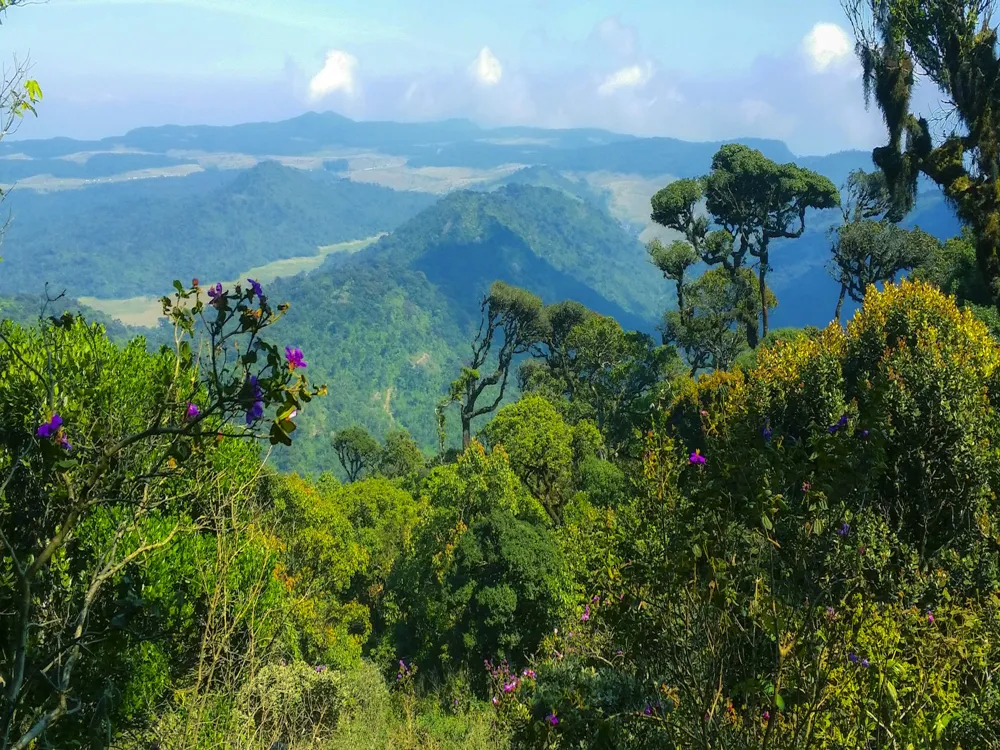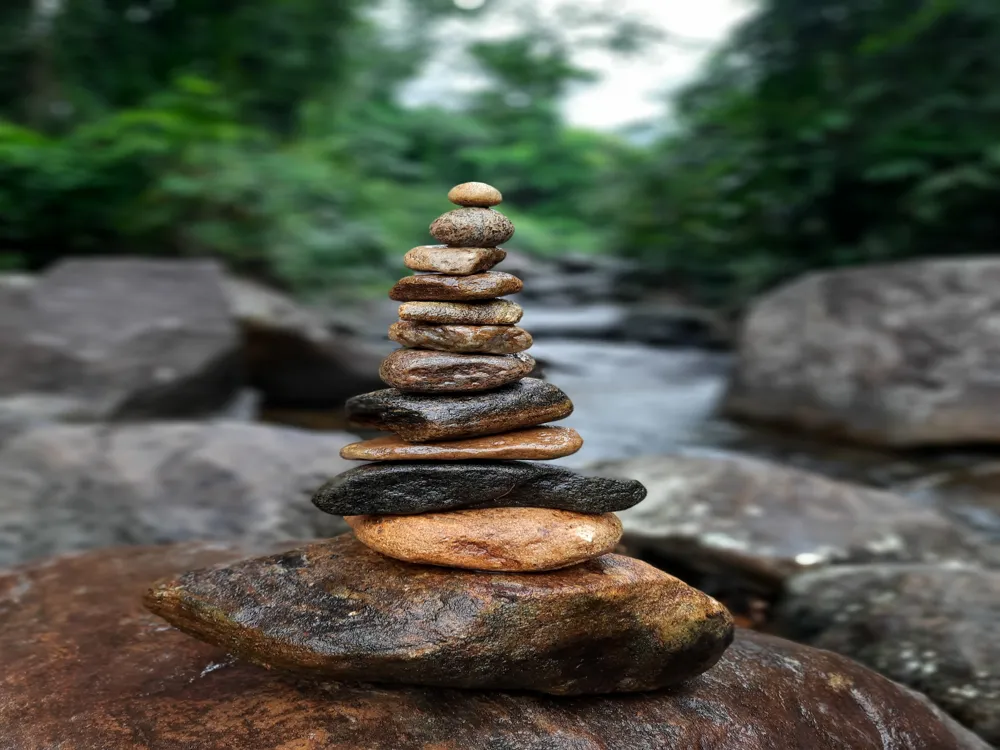Kandy Lake, also known as Bogambara Lake, is a magnificent man-made body of water that lies in the heart of Kandy, Sri Lanka. This picturesque lake is an iconic symbol of Kandy, the last capital of the ancient kings' era of Sri Lanka. Created in 1807 by King Sri Wickrama Rajasinghe, the lake presents a rich tapestry of history intertwined with natural beauty. Surrounded by the lush greenery of the hill country, Kandy Lake offers a serene and tranquil setting, making it a must-visit destination for travelers from around the world. The lake spans approximately 18 hectares and is situated next to the Temple of the Tooth Relic, another historic and religious landmark in Sri Lanka. The quiet waters of the lake reflect the changing skies and the surrounding cityscape, creating a breathtaking view, particularly at sunset. The lake's perimeter path is a popular walking track for both locals and tourists. Along this path, one can witness various birds and aquatic animals, adding to the natural allure of the place. Moreover, the lake plays a significant role in the annual Esala Perahera festival, one of the most vibrant and colorful festivals in Asia. Kandy Lake holds immense historical significance as it was built by the last king of the Kingdom of Kandy. The lake was initially created as a decorative feature for the royal palace, symbolizing the sophistication and aesthetic sense of the Kandyan architecture. Over the years, it has witnessed numerous historical events, including the British colonization and the struggle for Sri Lankan independence. The lake's history is a testimony to Sri Lanka's rich cultural and political heritage. The lake is surrounded by a variety of flora, including exotic and indigenous trees and plants, which create a verdant environment. This greenery not only enhances the lake's beauty but also supports a diverse ecosystem. The lake is home to numerous species of birds, fish, and other aquatic animals, making it a fascinating spot for nature enthusiasts and bird watchers. Kandy Lake is a hub for cultural activities, especially during the Esala Perahera festival. This annual event features a grand procession with traditional dancers, drummers, and elephants, which circumambulate the lake, creating a spectacle of Sri Lankan culture and heritage. The lake’s proximity to the Temple of the Tooth Relic further adds to its cultural significance, making it a center for Buddhist rituals and ceremonies. The architecture of Kandy Lake is a remarkable example of the engineering and aesthetic skills of the Kandyan era. The lake was designed to complement the royal palace and the Temple of the Tooth, creating a harmonious balance between man-made and natural elements. The construction of the lake involved extensive planning and labor, including the damming of an existing swampy area and the creation of an intricate system of waterways and islands. The lake is designed in a sinuous shape, with its perimeter following the contours of the surrounding hills. The banks of the lake are reinforced with heavy stone walls, a technique typical of Kandyan architecture. The lake features a small island in the middle, which was used by the king as a personal retreat. This island is one of the lake's most distinctive features, adding an element of mystery and charm to its overall design. Decorative elements are an integral part of the lake's architecture. The most famous of these is the 'Ulpenge' or the Cloud Wall, a decorative wall that runs along one edge of the lake. This wall is an excellent example of Kandyan decorative arts, featuring intricate carvings and traditional motifs. The wall's curvature is said to represent a cloud, hence its name. Along the lake, there are also several pavilions and resting places, which were historically used by the royalty and are now popular spots for visitors to relax and enjoy the view. The architects of Kandy Lake skillfully integrated the lake into the natural landscape, ensuring that it complemented and enhanced the surrounding environment. The lake acts as a focal point in the city of Kandy, bringing together the urban and natural elements in a cohesive and aesthetically pleasing manner. The reflection of the city and the sky in the lake's waters creates a picturesque scene, celebrated by artists and photographers alike. The architecture of Kandy Lake has had a significant impact on the culture and identity of Kandy. It symbolizes the artistic and architectural prowess of the Kandyan era and has become an enduring symbol of Sri Lankan heritage. The lake continues to inspire artists, architects, and urban planners, and remains a testament to the rich cultural legacy of the Kandyan kingdom. The ideal time to visit Kandy Lake is during the cooler months, from December to April. The weather during this period is pleasant, with less humidity and rainfall, making it comfortable for exploring the outdoors. Early mornings or late afternoons are perfect for walks around the lake, as the temperatures are cooler and the lighting is ideal for photography. Visitors are encouraged to dress modestly and respect local customs, especially when visiting religious sites near the lake. It is advisable to remove shoes when entering temples and to avoid loud noises or disruptive behavior, as the lake is a place of serenity and reflection for many locals. While enjoying the natural beauty of the lake, visitors should be mindful of the wildlife and the environment. Feeding the birds or fish is not recommended as it can disrupt their natural diet and behavior. Littering is strictly prohibited to maintain the cleanliness and ecological balance of the lake. Kandy Lake is easily accessible and well-connected by various modes of transport. The city of Kandy is approximately 115 kilometers from Colombo, the capital of Sri Lanka. Visitors can reach Kandy by road, rail, or air. Traveling by road is the most common way to reach Kandy Lake. Visitors can hire taxis or drive themselves along the Colombo-Kandy highway. The journey takes about three hours, depending on traffic conditions. Public buses are also available from Colombo and other major cities, offering an economical option for travelers. The train journey to Kandy is renowned for its scenic beauty, passing through lush green hills and tea plantations. Kandy Railway Station is well-connected with major cities, including Colombo and Nuwara Eliya. From the station, Kandy Lake is just a short walk or tuk-tuk ride away. For a faster option, domestic flights are available from Colombo to the Polgolla Reservoir in Kandy. From there, it's a short drive to Kandy Lake. This option, while more expensive, offers stunning aerial views of the hill country. Read MoreOverview of Kandy Lake
Historical Significance
Flora and Fauna Around the Lake
Cultural Activities
Architecture of Kandy Lake
Design and Structure
Decorative Elements
Integration with the Natural Landscape
Impact on Kandyan Culture
Tips When Visiting Kandy Lake
Best Time to Visit
Respecting Local Customs
Wildlife and Nature Conservation
How To Reach Kandy Lake
By Road
By Rail
By Air
Kandy Lake
Kandy
₹ 13,368 onwards
View kandy Packages
Weather :
Tags : Lake
Timings : 08:00 AM - 06:00 PM
Entry Fee : Rs 1500 For Boating in Kandy Lake
Planning a Trip? Ask Your Question
Kandy Travel Packages
View All Packages For Kandy
Top Hotel Collections for Kandy

Private Pool

Luxury Hotels

5-Star Hotels

Pet Friendly
Top Hotels Near Kandy
Other Top Ranking Places In Kandy
View All Places To Visit In kandy
View kandy Packages
Weather :
Tags : Lake
Timings : 08:00 AM - 06:00 PM
Entry Fee : Rs 1500 For Boating in Kandy Lake
Planning a Trip? Ask Your Question
Kandy Travel Packages
View All Packages For Kandy
Top Hotel Collections for Kandy

Private Pool

Luxury Hotels

5-Star Hotels

Pet Friendly








